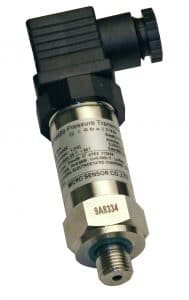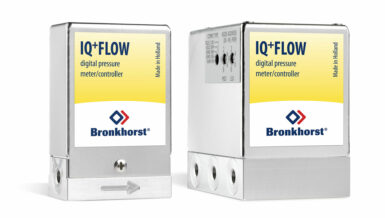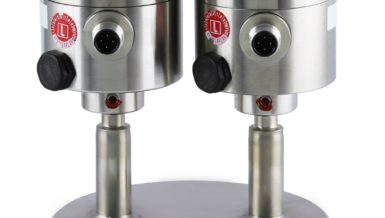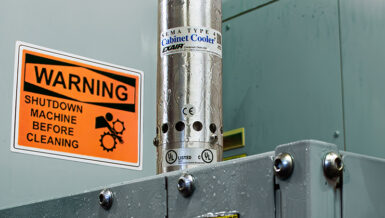The MPM489 model is the ATEX approved version certified to ATEX Exia IIC T4 Ga. The Diaphragm is the sensing element in these pressure sensors which is comprised of multiple layers including a silicone substrate. The strain on which is determined using a diffused resistor network. Monocrystalline silicone is the low-cost material used in the manufacturing of these semiconductor based sensors. Silicone material displays excellent piezoresistive properties.
When pressure is applied, the diaphragm flexes and causes a deformation in its crystal lattice which ultimately modifies the band structure placed on the diaphragm and changes the resistivity of the material. Semiconductor resistors on the front side transduce this tension into resistance changes by means of the piezoresistive effect.
Silicone in its crystal form is a hookean material which, when flexed, has virtually zero hysteresis and hence does not have any energy dissipation. Silicone is highly reliable as it displays low fatigue stress characteristics and it can be deflected in the range of billions to trillions of cycle without failure

Silicone has Young’s Modulus of about 2*105 MPa, which is same as that of steel, but silicone is as light as aluminium, with a mass density of about 2.3 g/cm3 . Silicone has a melting point of about 1400°C.This high melting point makes silicon dimensionally stable even at elevated temperatures. Its thermal expansion coefficient is about 8 times smaller than that of steel, and is more than 10 times smaller than that of aluminium. Silicone is an elastic material with no plastic or creep below 800°C.These unique features makes it an ideal material for piezoresistive pressure sensors
The method of assembly has a substantial effect on the sensor’s characteristic performance. These piezoresistive silicone sensors convert mechanical tension to an electrical signal and cannot distinguish between tension due to the signal (pressure) and that caused by thermal expansion changes or other effects. The sensor data therefore tends to have a thermal dependency which requires accurate on-board compensation. The major advantage of this fabrication technique however guarantees high precision and large volume production at low costs.
Both models are constructed from stainless steel with a choice of grades to ensure application suitability. Process connections and operating pressure ranges can be specified as can options for signal output type, diaphragm material and electrical connections. Every device is temperature compensated and calibrated and supplied with a traceable serial number and calibration certificate. The electronics incorporate a microprocessor based amplifier which means that there are no adjusting pots and therefore the electronics are very stable, especially in high vibration and high shock applications.






























